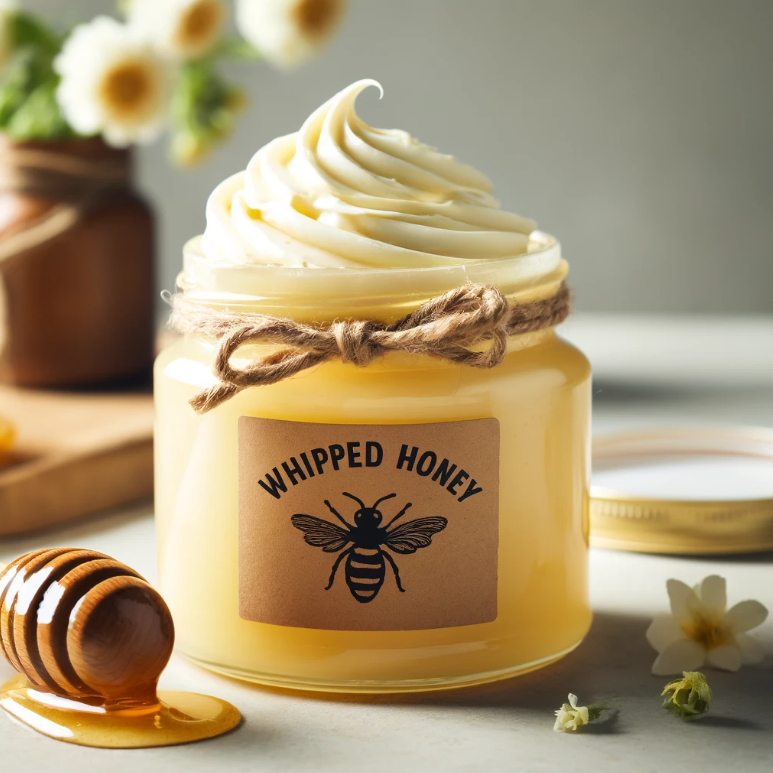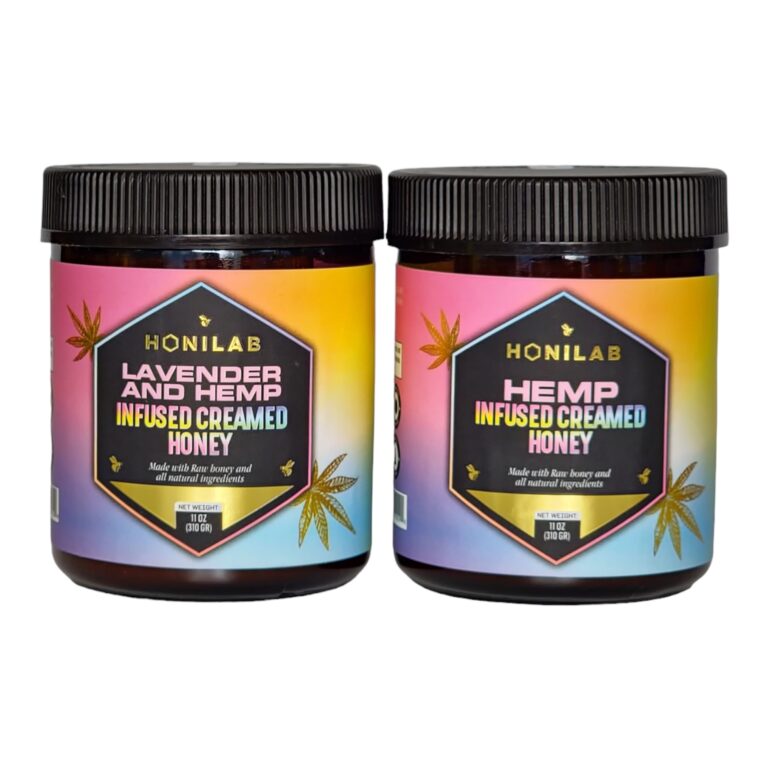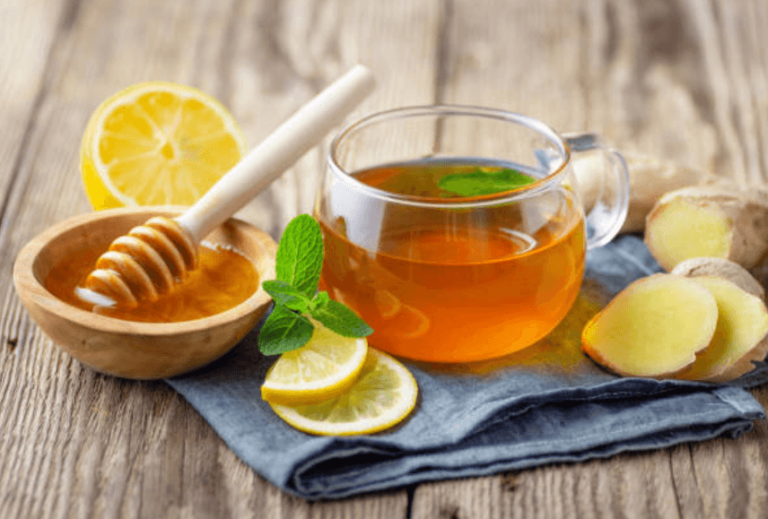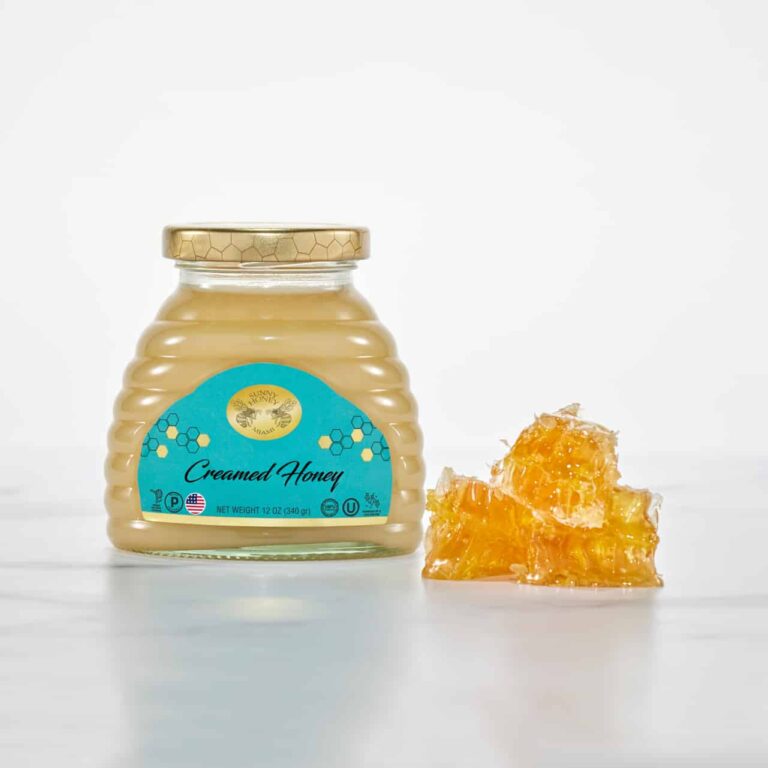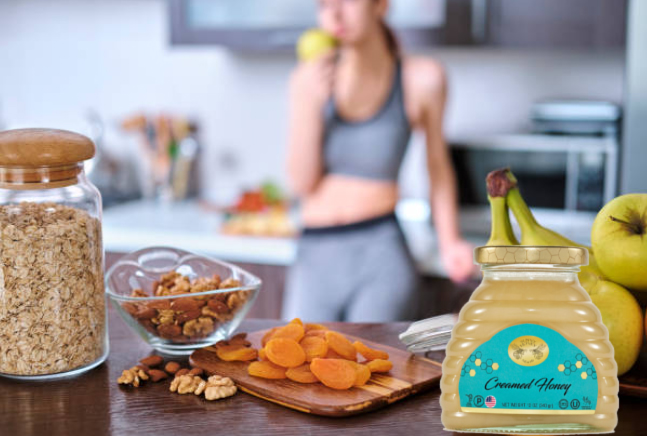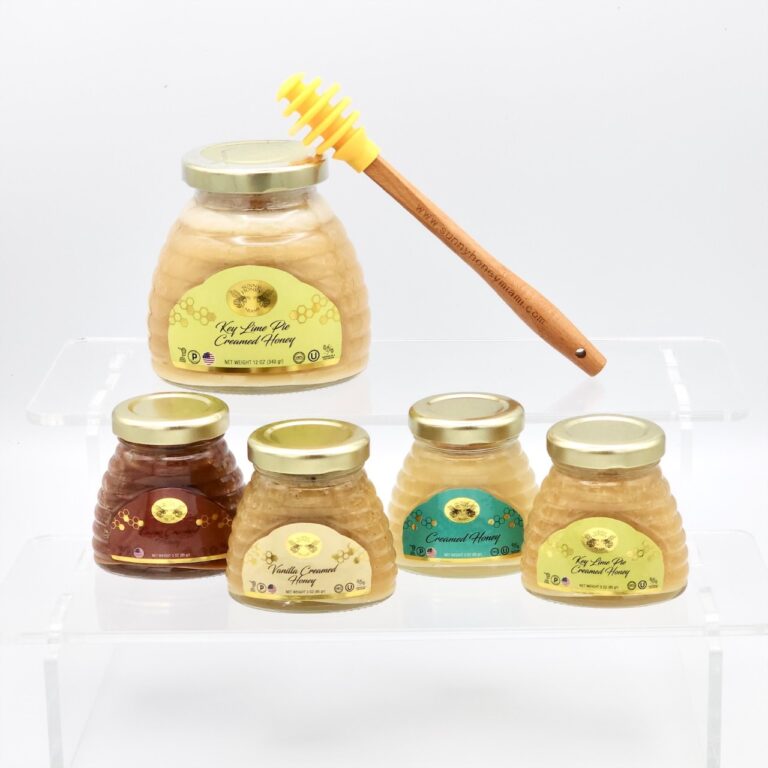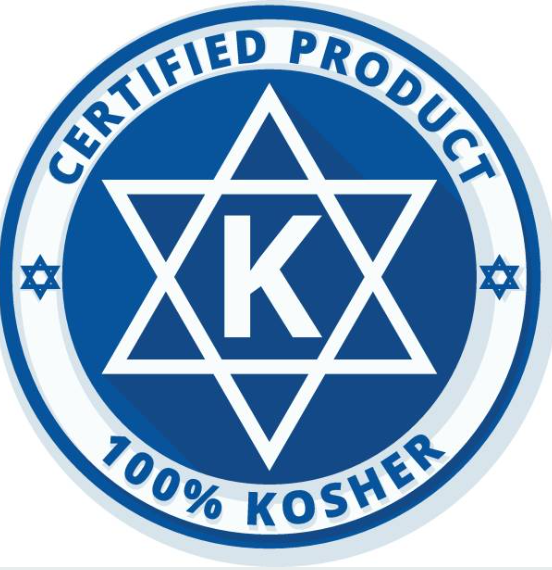FREE SHIPPING WHEN YOU ORDER $35 OR MORE
Health Benefits Consuming Creamed Honey
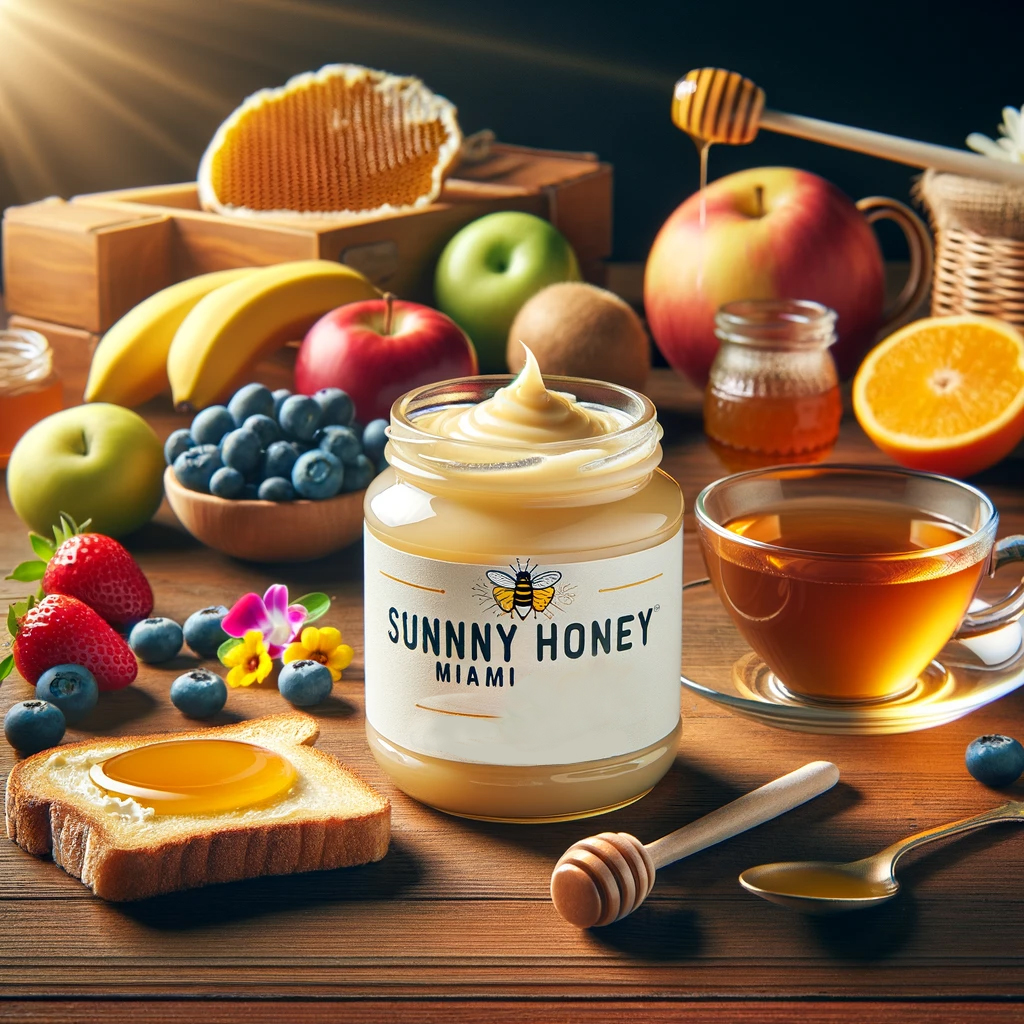
Key Points: Contains critical components such as: Natural Sugars, Vitamins, Minerals, Antioxidants, and Enzymes. Boost energy levels Rich in antioxidants Supports digestive health Enhances immune function Supports heart health The Health Benefits of Consuming Creamed Honey from Sunny Honey Miami In the quest for natural…
